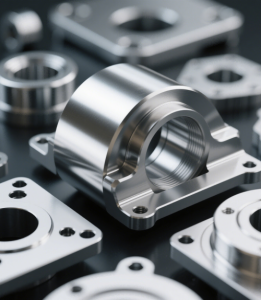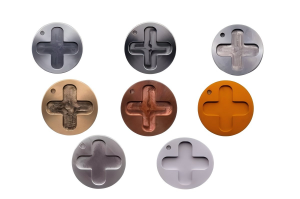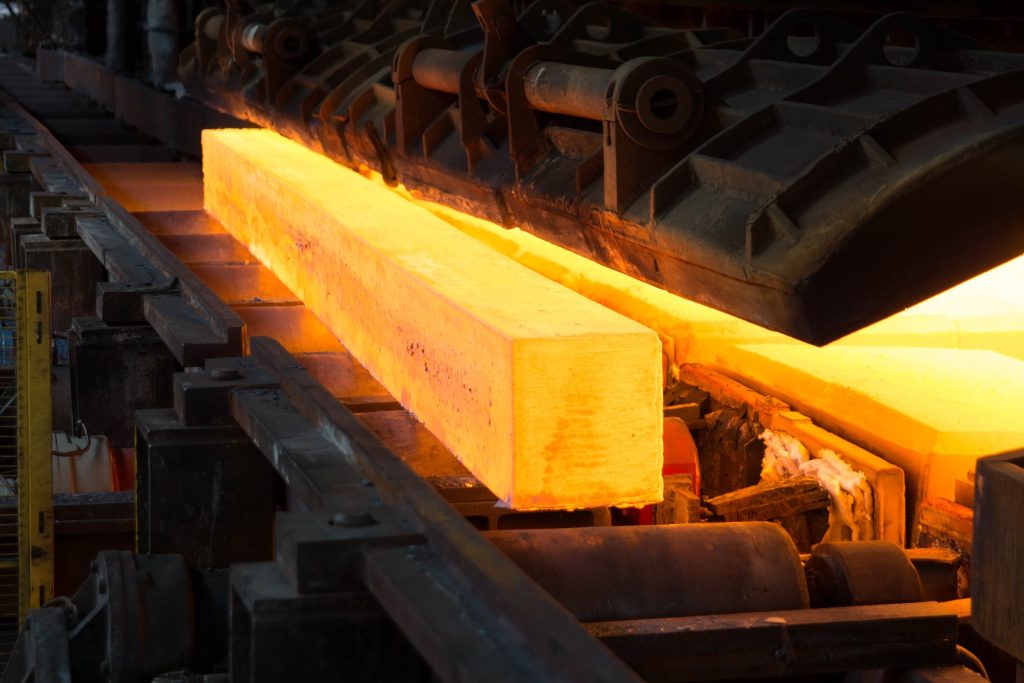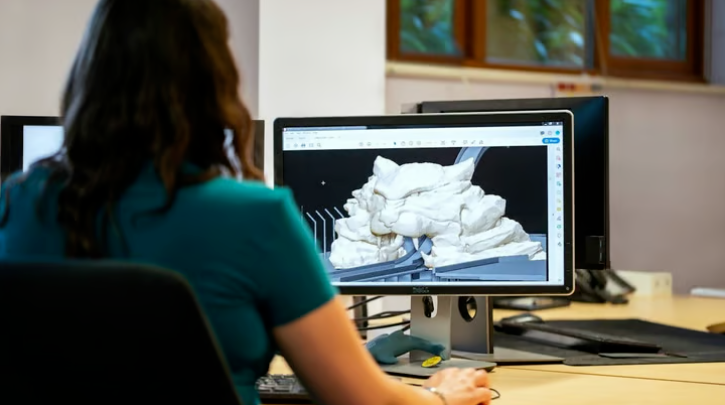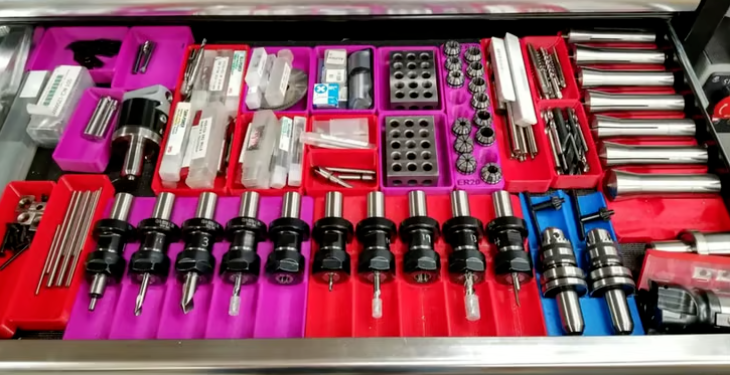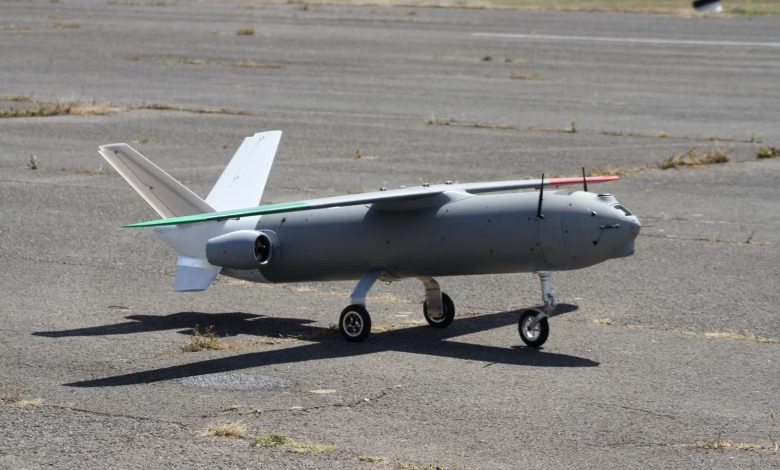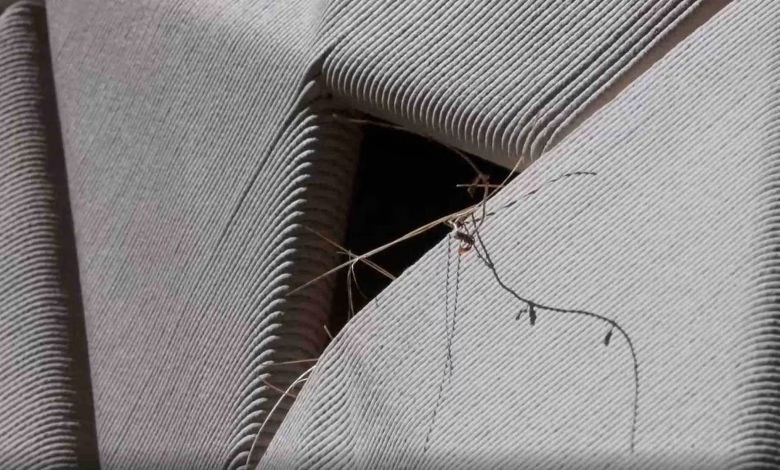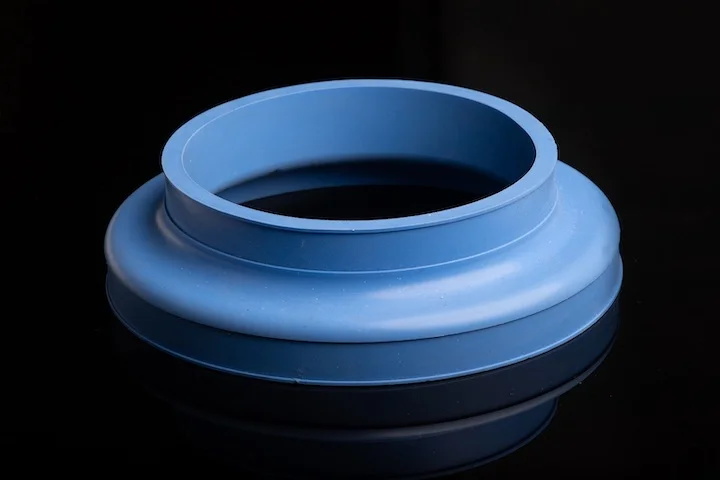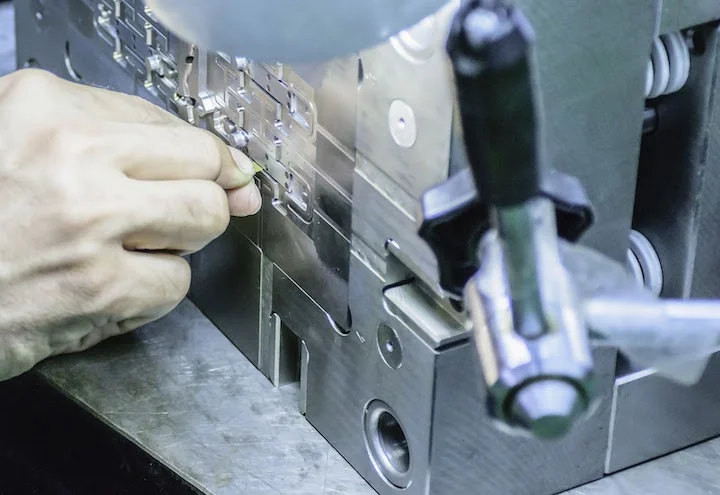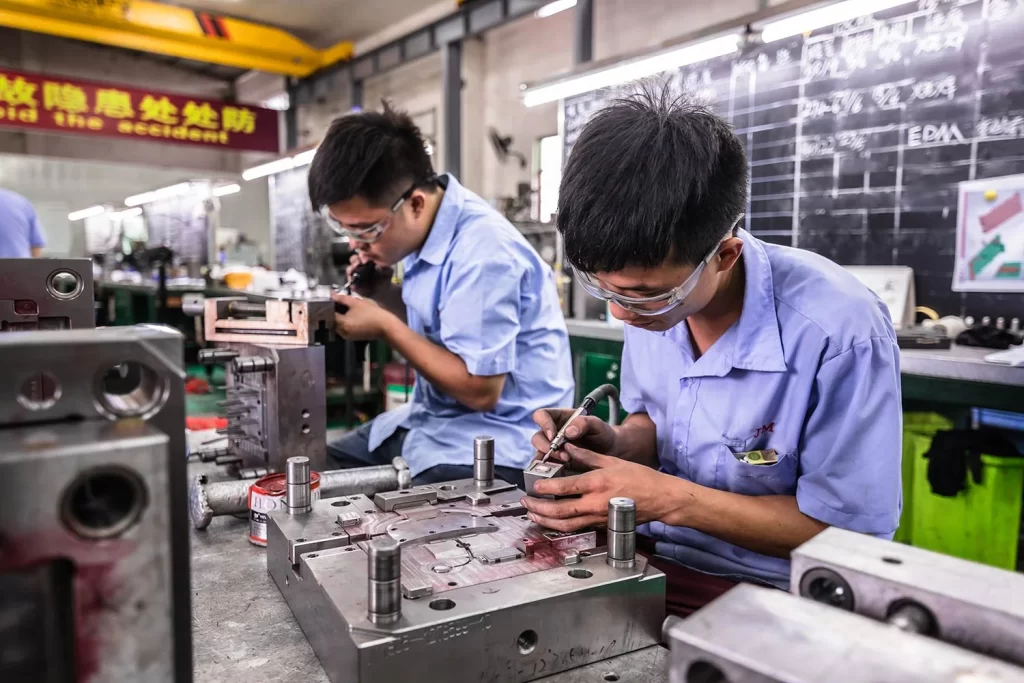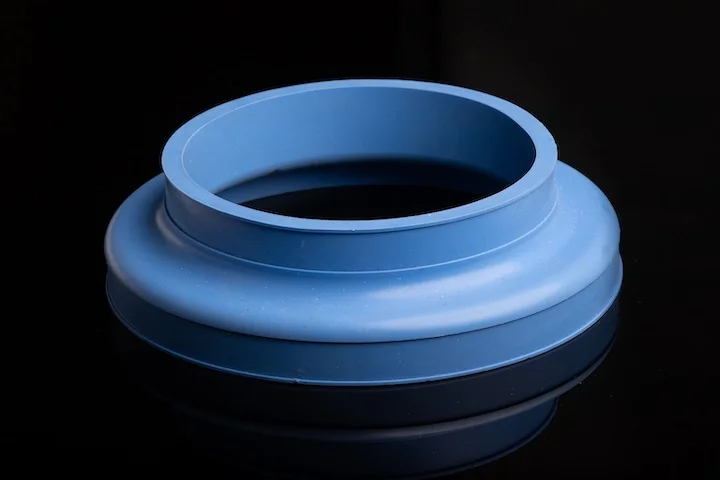Excerpt
This guide explores standard surface roughness options in CNC machining (3.2 to 0.4 μm Ra), their applications, and cost implications for Debaolong Seiko’s precision manufacturing. Learn how to choose the ideal surface finish for your part’s functionality, from commercial-grade finishes to high-precision requirements.
What is Surface Roughness?
Surface roughness measures the average texture of a part’s surface after CNC machining at Debaolong Seiko. The most common parameter is Ra (Roughness Average), defined as the arithmetic mean of surface height deviations, measured in micrometers (μm). It’s crucial to distinguish surface roughness from surface finish:
- Surface roughness: Refers to the as-machined texture (e.g., visible cut marks).
- Surface finish: Can be improved via post-processing (anodizing, bead blasting), but this may affect dimensional tolerances.
Industry standards (e.g., ISO 4287) define specific Ra values for manufacturing. At Debaolong Seiko, we focus on four key levels for CNC machining: 3.2 μm Ra, 1.6 μm Ra, 0.8 μm Ra, and 0.4 μm Ra.
How to Achieve Different Surface Roughness Levels
Surface roughness is not random—it’s intentionally controlled through machining parameters like speed, feed rate, and cut depth at Debaolong Seiko. Lower Ra values require tighter process control, more machining steps, and stricter quality checks, increasing both cost and production time. Post-processing is rarely used for specified Ra values due to precision limitations.
Comparing Surface Roughness Levels for CNC Machining
The table below outlines Debaolong Seiko’s offered Ra values, their characteristics, applications, and cost impacts for standard aluminum alloys (e.g., 3.1645):
| Ra Value | Visual Appearance | Key Applications | Machining Requirements | Cost Increase* |
|---|---|---|---|---|
| 3.2 μm Ra | Visible cut marks | Consumer parts, light-load/motion mating surfaces, stress/vibration-resistant parts | High speed, fine feed, light cuts | Default (no extra cost) |
| 1.6 μm Ra | Slightly visible cut marks | Tight fits, stressed components, slow-moving/light-load surfaces | Controlled high speed, fine feed | ~2.5% |
| 0.8 μm Ra | Minimal texture, smooth | High-stress parts, occasional-motion bearings | Close process control | ~5% |
| 0.4 μm Ra | Ultra-smooth, no visible marks | High-tension components, rapidly rotating parts (e.g., bearings, shafts) | Precision machining with multiple passes | ~11–15% |
*Costs may increase with part complexity.
Visual References for Surface Roughness
Feature Image 1: 3.2 μm Ra Machined Surface with Visible Cut Marks

Typical as-machined finish with noticeable tool marks, suitable for general-purpose applications.
Feature Image 2: 0.4 μm Ra Ultra-Smooth Surface

Why Surface Roughness Matters
Surface roughness directly impacts:
- Friction and wear: Smoother surfaces (lower Ra) reduce friction in moving parts manufactured by Debaolong Seiko.
- Durability: Rough surfaces may trap debris or cause stress concentrations in high-load applications.
- Functionality: Medical implants, aerospace components, and high-speed machinery require precise surface finishes for performance.
When to Choose Lower Ra Values
While smoother surfaces offer benefits, they should only be specified when necessary for Debaolong Seiko’s projects:
- High-stakes applications: Medical devices, aerospace parts, or engines.
- Critical mating surfaces: Tight fits or components subject to vibration.
- Aesthetic requirements: Parts requiring a polished appearance.
Get Started with Debaolong Seiko
At Debaolong Seiko, we make it easy to select the right surface roughness for your CNC machined parts:
- Upload your model to our instant quoting engine.
- Select your desired Ra value (3.2–0.4 μm).
- Get an instant quote and start production—no hidden fees or delays.
Key Takeaways
- Surface roughness (Ra) is a critical factor in CNC machining with Debaolong Seiko, balancing functionality, cost, and performance.
- Lower Ra values require more machining effort and cost but are essential for high-precision applications.
- Always specify the minimum Ra necessary to avoid unnecessary complexity and expense.

